Les Paul: the man behind the machine
An in-depth look at the life of the guitar innovator and inventor
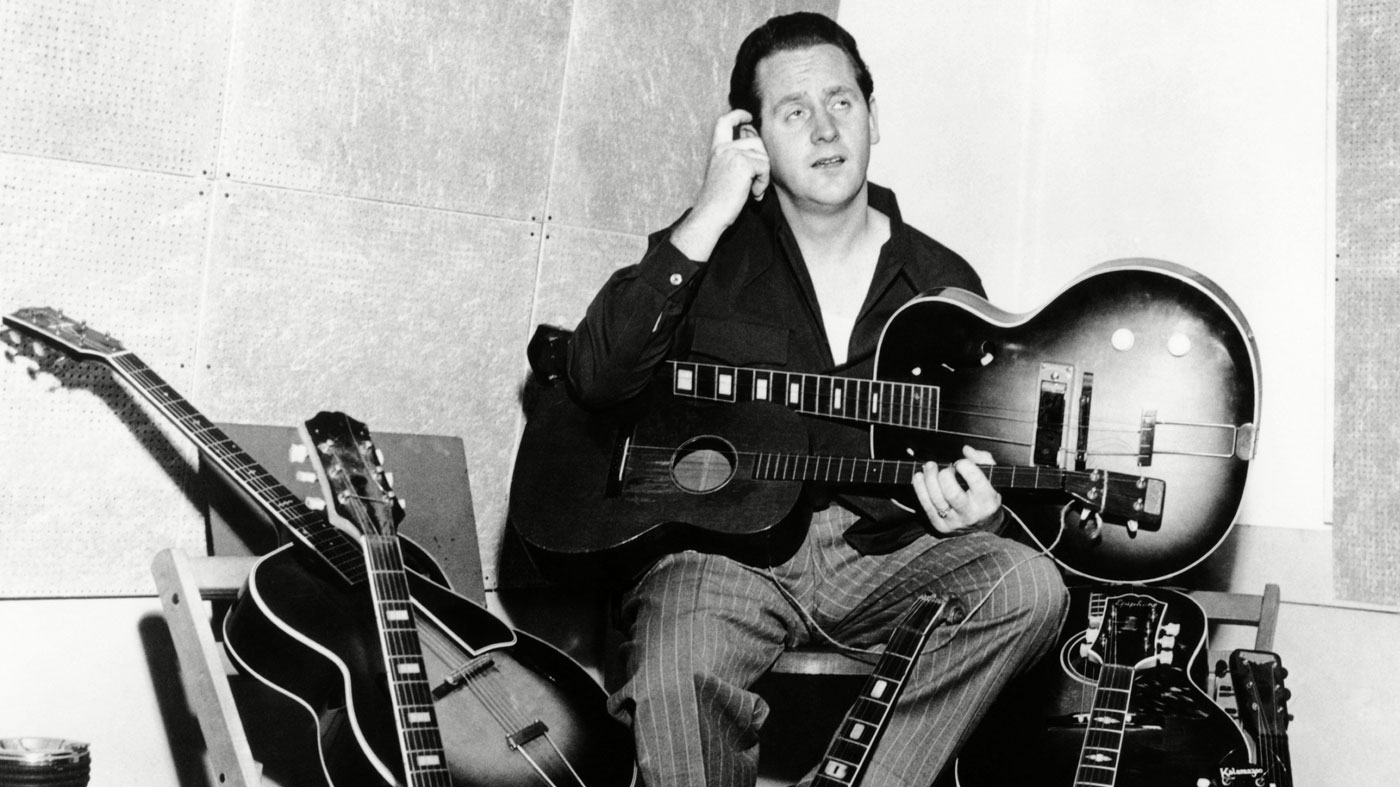
Introduction
For many, the name Les Paul brings to mind only the iconic guitar played by blues and rock giants such as Clapton, Page, Green and Kossoff. Too few, these days, recall that Les Paul himself was a truly extraordinary guitarist, recording pioneer, inventor, luthier and songwriter. Time, then, to rediscover the man behind the machine.
By his early teens, he was proficient enough to be picking up local gigs around town
Les was born Lester William Polsfuss in Waukesha, Wisconsin on 9 June, 1915. His parents, George and Evelyn, were of German extraction and, in an effort to ‘anglicise’ their name - common practice in the US at that time - dropped the ‘s’, altering the spelling to Polfuss, then, later, Polfus.
By the age of eight, Lester was already showing an interest in music, taking up piano and harmonica before moving on to the guitar. By his early teens, he was proficient enough to be picking up local gigs around town. To allow him to play guitar and harmonica at the same time, he invented and patented a neck-worn harmonica holder that remains the industry standard to this day.
Lester, now calling himself Rhubarb Red, became quite a name on the local scene, playing country music at burger joints, roadhouses and drive-ins playing on guitar and harmonica. He soon applied his audacious mind to the problem of making acoustic guitar loud enough to overcome crowd noise by devising a contraption that involved wiring his guitar to a gramophone stylus connected to a radio speaker, thus enabling him to amplify his acoustic and making him an early experimenter in the field of guitar amplification.
His next move, a few years later, was to devise a primitive solid-bodied electric guitar that he built using a piece of rail track. This was inspired by the fact that the early ‘electric’ guitars were, in fact, acoustic archtops with pickups fitted.
These were prone to feedback and other unwanted noise that Lester set about addressing through further practical experiments throughout the late 1930s and into the 40s.
Don't Miss
Les Paul speaks to Guitarist in one of his last ever interviews
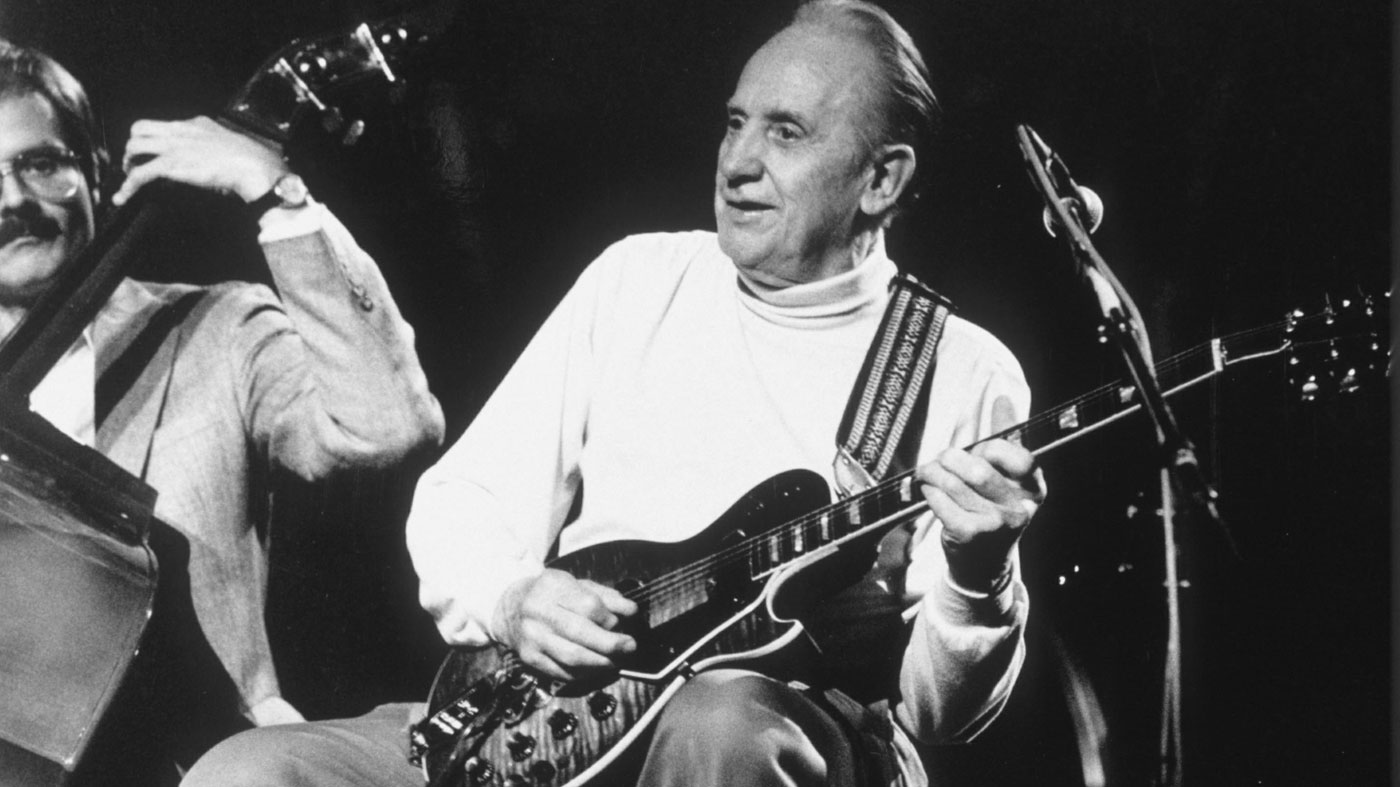
Sweet Home Chicago
Polfus made the move to Chicago in 1934 in a bid to make a bigger name for himself. Once there, he met jazz piano genius Art Tatum, which inspired him to take his guitar playing to the next level as jazz became his latest obsession.
Les Paul’s guitar playing became a distinctive mix of Django, Christian and country picking
Despite this, he made his first records under his pseudonym Rhubarb Red in 1936 and also accompanied blues singer Georgia White on some sides for Decca. Shortly after, he adopted the name Les Paul.
When the first records by Django Reinhardt started to appear in the US in the mid-30s, Les was an instant convert. Up until that moment, the jazz-guitar stars in the US were Eddie Lang, Carl Kress and Dick McDonough.
All three were virtuoso players who had the guitar scene virtually to themselves for many years from the mid-20s to mid-30s. To Les Paul, however, Reinhardt was on another level and famously commented that “I may as well be selling shoes” upon first hearing the Gypsy genius. Django became a huge influence on Paul’s burgeoning jazz playing, which he seamlessly blended with his established country style.
Like all guitarists then, Les also experimented with horn-like phrasing on guitar, having listened to the great jazz brass and reed players that dominated the genre until the appearance of Charlie Christian.
With his Gibson ES-150 guitar and EH-150 amp, Christian carved a new path into the 40s with his fluid legato phrases and all at a volume that could compete with the horn players. As it developed, Les Paul’s guitar playing became a distinctive mix of Django, Christian and country picking that made him instantly recognisable.
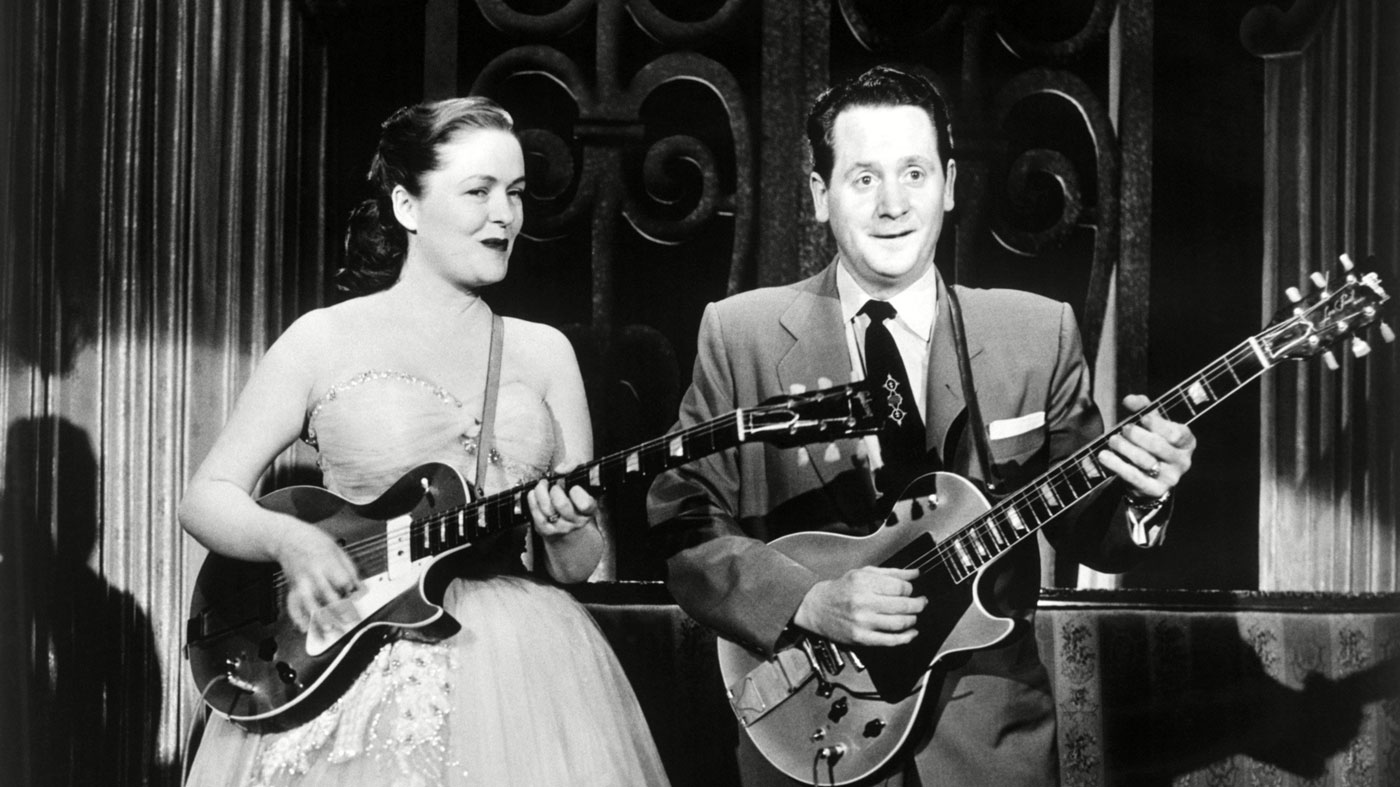
'The Log'
With a trio featuring bassist Ernie Newton and Chet Atkins’ half-brother Jim, Les made the move to New York in 1937, setting himself up in an apartment in Queens that quickly began to resemble a mad scientist’s laboratory.
Les’s growing dissatisfaction with the amplified archtops that were being produced in the late-30s prompted him to design and build several prototype solid guitars that he dubbed ‘The Log’.
In 1941, Les took his prototype to Gibson but the company showed no interest, calling it “a broomstick with pickups”
These, for the day, bizarre inventions were built using solid slabs of wood to which Les fitted pickups, a bridge, a neck and tuners. To this, he attached the side bouts of an Epiphone archtop to give it a more aesthetically pleasing appearance.
In 1941, Les took his prototype to Gibson but the company showed no interest, calling it “a broomstick with pickups”. Gibson’s ‘problem’ with the design was that they thought guitarists would have to take two guitars out on gigs: acoustic and the new-fangled solid electric!
This allowed Leo Fender, with his Esquire guitar (soon, with a few alterations, to become the Telecaster) to go down in history as the maker of the first commercially available solid electric guitar in 1950.
Paul’s experiments with electricity almost killed him in 1941 when, in his apartment workshop, he electrocuted himself so badly that it took him two years to recover, which he spent in Hollywood working as a radio producer along with observing work and picking up ideas at the busy Rickenbacker plant.
In 1943, Les was drafted into the army where he worked for the Armed Forces Network with his trio, along with performing with such stars as Bing Crosby and The Andrews Sisters. A fascinating record of Les Paul’s prowess as a jazz guitarist exists in the form of a Jazz At The Philharmonic concert from July 1944.
JATP was an organisation run by impresario Norman Granz who felt that jazz musicians of the stature of Dizzy Gillespie, Charlie Parker and many others belonged in the concert hall. Granz tolerated no segregation at his concerts and always presented black and white musicians performing together.
Paul was drafted in at the last minute to ‘dep’ for Nat ‘King’ Cole’s guitarist Oscar Moore. Over several tracks, Les gives us an insight into what a fluid and exciting jazz soloist he’d become.
His solos on tracks such as Body And Soul, for example, are full of his unique country-tinged swing jazz playing infused with Django and Christianinspired licks and flurries. Throughout the concert, Les also demonstrates a total command of the Freddie Green style of four-in-the-bar rhythm playing.
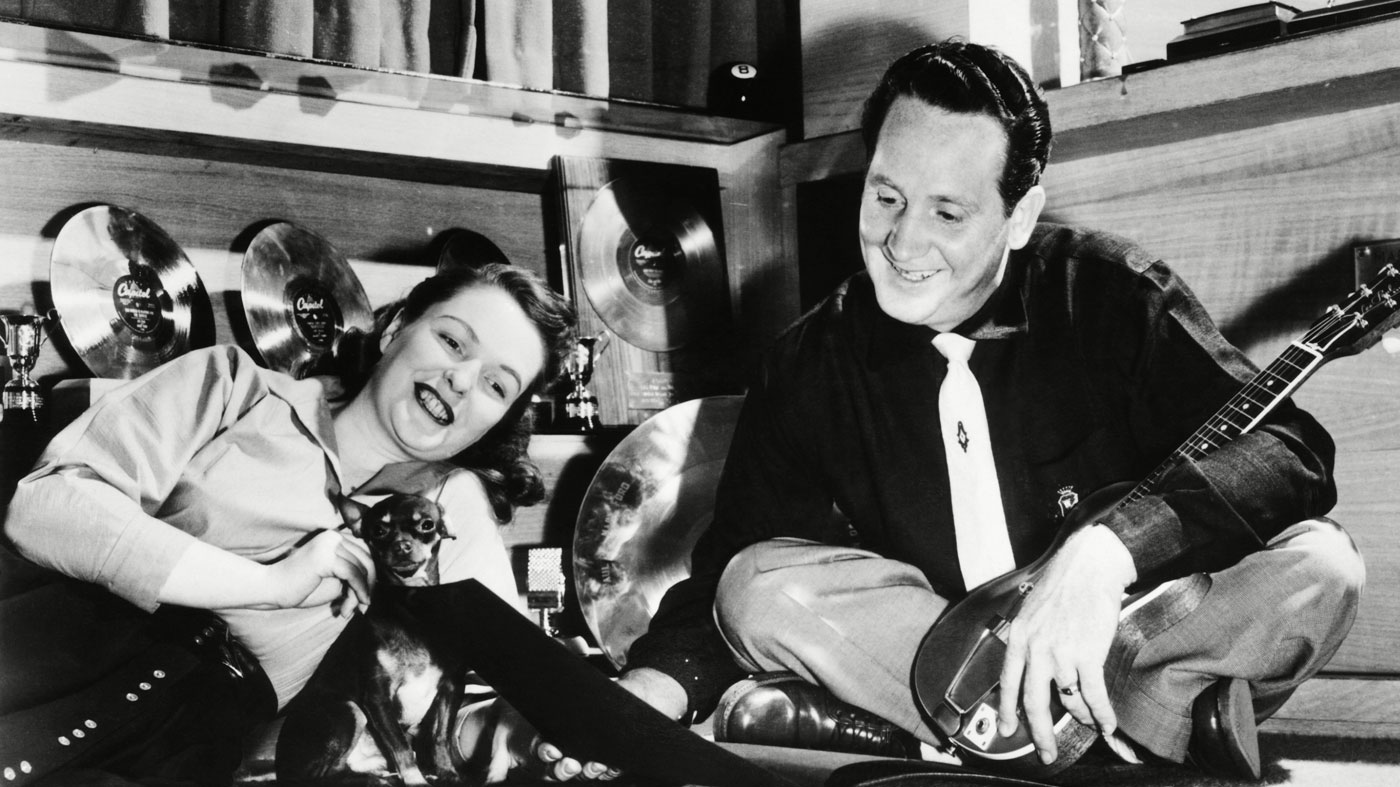
Multi-Tracking With Mary
In 1945, Les met country singer Mary Ford and began a new phase in his musical, personal and pioneering life.
Paul had become interested in refining recording techniques and - with support from his friend Bing Crosby - built his own studio, where he experimented with overdubbing and mic placement.
He was pioneering the use of delay and phasing techniques, making these records milestones in recording history
Les found a way to add a second playback head to his tape machine, which allowed him to play along with - and record - multiple tracks until he’d built up an ‘orchestra’ of harmonised guitar parts. This innovation paved the way for multi-track recording that became the standard in all recording studios by the 1960s.
This, however, was a brand-new sound in the 1940s and, along with Mary Ford, gave Les Paul the biggest hit records of his career. The pair were soon married and produced a string of huge-selling records including Vaya Con Dios, Bye Bye Blues, The World Is Waiting For The Sunrise and the classic How High The Moon. Les also overdubbed Mary Ford’s vocals, which could be reminiscent of the Andrews Sisters that Les so admired.
Paul also experimented recording some guitar tracks at half speed, which, when played back, had the guitar playing an octave higher than pitch. He was also pioneering the use of delay and phasing techniques, making these records milestones in recording history.
In 1948, Les and Mary were involved in a car accident on Route 66 that left Les severely injured. Doctors were concerned that they wouldn’t be able to save his shattered right elbow and were contemplating amputation. Les requested that they ‘set’ his arm at a near 90 degree angle so that he would be able to play guitar again. It took Les 18 months to recover.
Fortunately, his fame with Mary gave him much encouragement and he was soon back on top. The couple became so big that they had their own radio show, and, later, their own TV show, The Les Paul And Mary Ford Show.
The show was aired five times a day, five days a week for five minutes at a time - during which Les and Mary would perform one or two songs along with some short skits. The show ran from 1954 until 1960 with Les creating the entire show - both audio and video - himself. Sadly, the relentless work schedule took its toll on Les and Mary’s personal life and the couple eventually divorced in 1964.
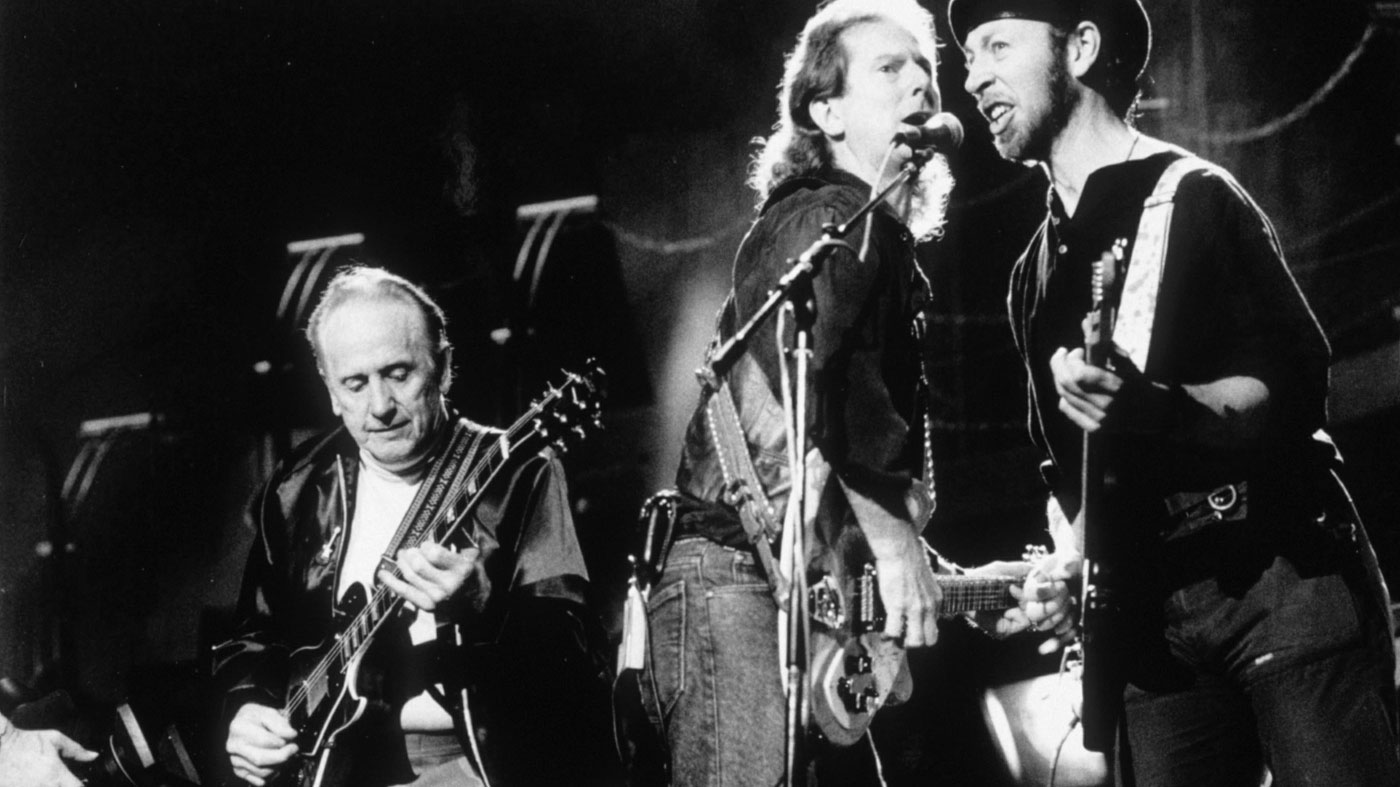
Solid Success
Les’s advocacy of solidbody guitars had borne fruit long before the 60s, however. In 1952, Gibson decided to produce the ‘Les Paul’ after all, having seen the success that Fender was enjoying with its solidbody guitars.
For the next decade, a variety of tweaks were made to the basic design including different pickup configurations (from P-90s to humbuckers and even Alnico V pickups with ‘staple’ poles) and alterations to the bridge and tailpiece.
He was forever looking for novel ways to improve sustain and pickup switching on his guitars
Essentially, though, if one buys a Les Paul today, one is holding something that has not changed much in over 60 years, a testament to the soundness of the basic design that Les created. Despite this, Les never stopped experimenting, and there are photos and video of him sporting ever-more strange new combinations of buttons, switches and LEDs set onto his Gibsons.
He was forever looking for novel ways to improve sustain and pickup switching on his guitars along with his legendary ‘little black box’, the Les Paulverizer, which allowed him to replicate his patent multitrack sound on stage. He also installed his own self-wound pickups into his guitars.
In 1961 Gibson, aware of declining sales of the Les Paul, decided to change the design - prompting Les himself to request they remove his name from it. This is the instrument that was renamed the SG (meaning Solid Guitar) in 1963, thus beginning a period during which Les didn’t endorse guitars for the company.
It took a certain Mr Clapton, who bought a cherryburst 1960 Les Paul in 1965, to not only re-establish interest in the instrument, but also to change the sound of the electric guitar forever. Almost overnight, everybody wanted a Les Paul and the company decided to reintroduce the model, along with Les’s renewed endorsement, in 1968. This iconic guitar has remained in production, in various forms, ever since.
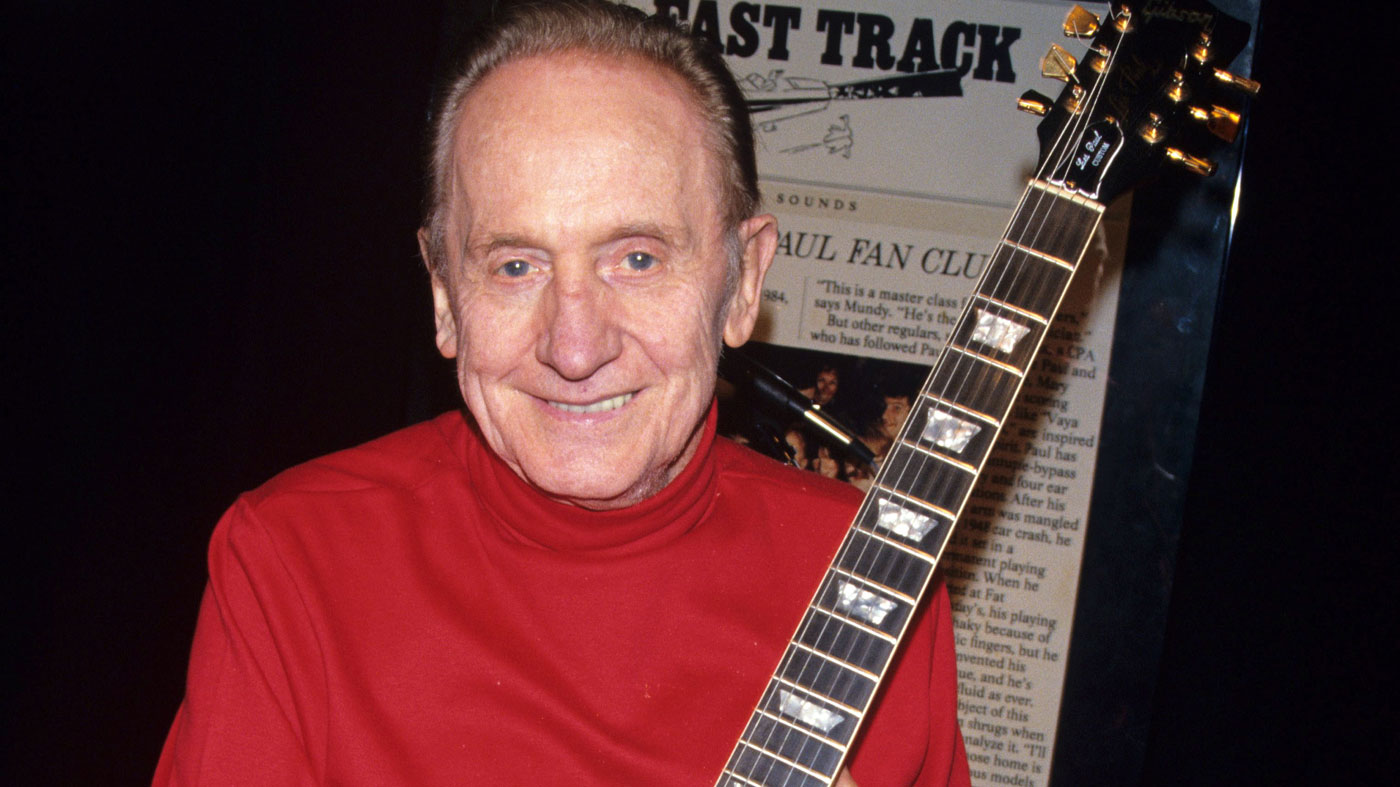
Later Life
By the mid-1960s, Les was enjoying semi-retirement, playing and recording only when he felt like it.
Two valuable recordings exist in the form of Les Paul Now! from 1968 where he revisited many of his earlier hits and, Chester & Lester, recorded in the mid-70s with his old friend Chet Atkins, which finds the two guitar giants playing a beautiful mix of country and jazz standards.
He suffered from hearing loss but began designing his own hearing aid - a move typical of this irrepressible inventor
As he aged, Les began to suffer from arthritis. He also suffered from hearing loss but began designing his own hearing aid - a move typical of this irrepressible inventor.
None of this stopped him playing, however, and he undertook a long residency at Fat Tuesdays in New York before moving over to the Iridium Club where he played two sets every Monday night up until the time of his passing.
Stars from the rock and jazz world would regularly drop by, sit in and pay their respects to the great man. In 2006, at the age of 90, he won two Grammys for his album Les Paul And Friends. Two of his records with Mary Ford, How High The Moon and Vaya Con Dios, were inducted into the Grammy Hall Of Fame in 1979 and 2005 respectively.
Les spent the last years of his life living in Mahwah, New Jersey, an hour from New York City where, true to form, he spent many hours in his basement workshop tweaking old inventions while coming up with new ones.
On 12 August 2009, Les passed away, surrounded by family and friends, after contracting pneumonia. After a private funeral in New York on 19 August, Les was flown home to be buried next to his mother, in his birthplace in Waukesha.
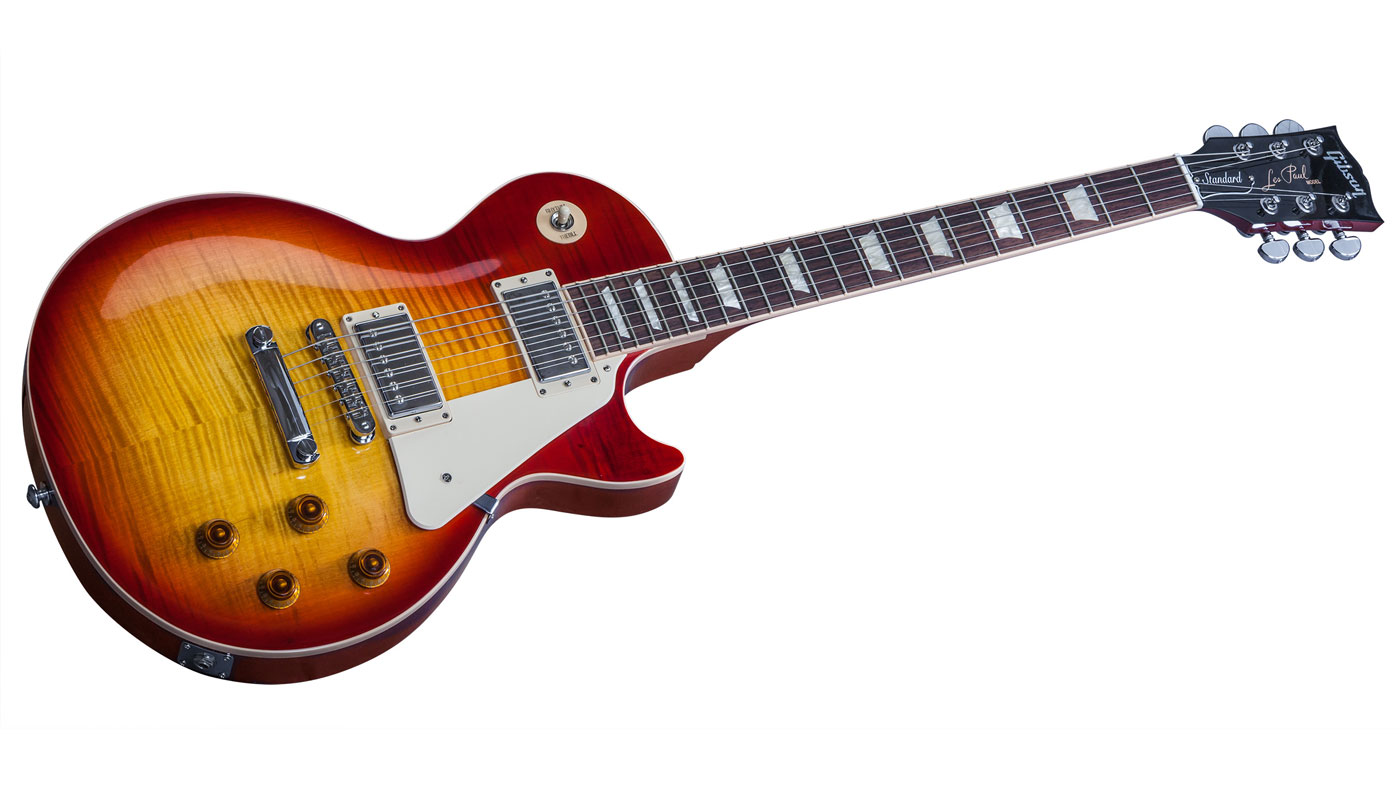
Les's Legacy
Les Paul’s name is synonymous with not only one of the greatest electric guitars but an extraordinary body of music.
Fitting, therefore, that the last word should go to a personal friend and colleague, bassist Nicki Parrott, who played with the Les Paul trio at his legendary Monday night residency at the Iridium Club in New York City for 10 years until his death in 2009:
If he didn’t like someone’s playing he’d say, ‘There’s a phone call for you!’ to get them to leave the stage
“It was customary for any musician passing through New York City to drop by the club and see Les play,” Nicki recalled.
“I went there one night in 1999 hoping he’d ask me to sit in. He did and after three tunes, he asked the other two guitarists to ‘have a seat but leave the girl up here’. After that, he asked me to join him every Monday, which I was honoured to do. Les would stay on after the gig until 2am signing autographs and hanging out with everyone from Keith Richards to Tony Bennett, from Paul McCartney to Jose Feliciano.
“Everyone had the greatest respect for him. He had a great sense of humour. If he didn’t like someone’s playing he’d say, ‘There’s a phone call for you!’ to get them to leave the stage. He had a spare guitar in case anyone didn’t bring their own. The thing is, it was never in tune! Les taught me what it meant to be a professional and how to create my own sound. He said that was the most important thing of all. For that, I say: thank you, Les Paul.”
Don't Miss
Les Paul speaks to Guitarist in one of his last ever interviews

